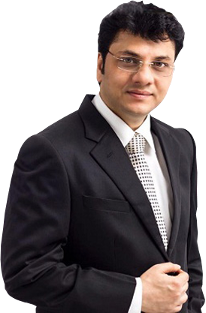What is Vestibular rehabilitation Therapy (VRT)?
Vestibular rehabilitation therapy (VRT) is a form of physical therapy that uses specialized exercise to enhance nature’s compensatory mechanism for imbalance due to inner ear disorder (Peripheral Vestibular System) which helps in retraining of brain to recognize and process signals from inner ear in coordination with Eye (Vision) and Muscle and joints (Proprioception). It also helps to desensitize the balance system to movements that provoke the symptoms.
VRT is effective in a variety of vestibular problems, including benign paroxysmal positional vertigo (BPPV), Ménière’s disease, labyrinthitis, and vestibular neuritis.
What are the Benefits Of VRT
How Vestibular Rehabilitation Therapy works?
Exercise Protocols
Ia. Gaze stability and ocular control exercise
1. Focusing with Head Turns (Head Eye Coordination exercise)
This exercise helps in stabilizing the gaze with quick, short head movements.
- Sit in a comfortable chair and hold a card with a 1 inch letter written on it at arms length in front of you.
- While keeping eyes focused on the letter move your head from side to side approx. 30 degrees. .
- Increase speed of head movement with each progression.
- As function improves, move the card opposite to the head movement while keeping the eyes focused on the letters.
- Move the head to the left and the card to the right keeping the eyes focused on the letters.
- Begins slowly and increase the speed as the test progresses. Progress from sitting to standing to a sharpened stance.
- Post the card on the wall with a plain background and progress to posting on a wall with a busy patterned background.
2. Horizontal and Diagonal Head Movements)
This exercise helps to keep the vision stable with head movements.
- Sit in a comfortable chair with feet flat on the floor and hands on thighs.
- Have a target situated to your right and to your left as well as in the center.
- Quickly turn only your head and eyes to the right target pause for 2-3 seconds and then return to the middle target and pause for 2-3 seconds.
- Repeat 15-20 times
- Repeat the sequence to the left and center.
Exercise Protocols for Individual Patients
Our Specialist

Dr. Nitish Jhawar
M.S., FMAS, FIAGES, FALS, FACRSI
Fellow Advance Laparoscopic Surgery
Fellow Colorectal Surgery USA
Senior Laparoscopic & Colorectal Surgeon
Phone No: +91 9322 229 159
Email Id: info@neoalta.com

